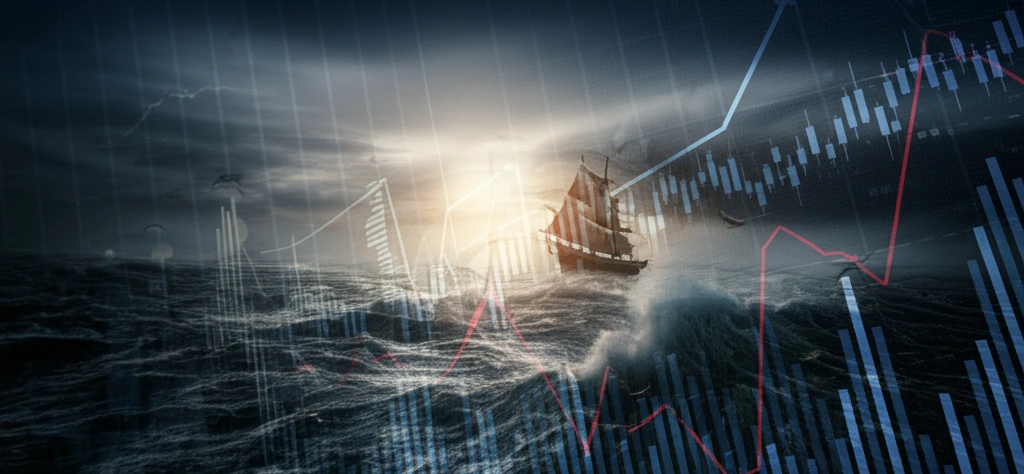
Is Your Portfolio Pandemic-Proof? Understanding COVID-Type Economic Shocks and Climate Change
"A Deep Dive into the Stochastic DICE Model and Its Implications for Economic and Climate Resilience"
The COVID-19 pandemic delivered a stark reminder of the vulnerability of the global economy. Its impact dwarfed the 2008 financial crisis, sending ripples through markets and prompting urgent questions about long-term economic and climate stability. As we navigate an uncertain future, understanding and preparing for similar ‘COVID-type’ events is crucial for both policymakers and investors.
Integrated assessment models (IAMs) like the widely-used DICE (Dynamic Integrated Climate-Economy) model, help us understand the intricate relationship between economic activity and climate change. Traditionally, DICE has treated economic and climate variables as evolving predictably. However, the pandemic highlighted the need to incorporate sudden, unexpected shocks into these models.
This article unpacks a research paper that extends the classical DICE model to include stochastic shocks – random, disruptive events mirroring the economic impact of a pandemic. By understanding this enhanced model, we can gain insights into how such events affect temperature, carbon concentration, and economic resilience, paving the way for more informed decision-making.
The Stochastic DICE Model: Adapting to Economic Earthquakes

The original DICE model provides a framework for modeling economic and climate systems jointly. It assumes that key variables like carbon concentration, temperature, and economic capital evolve predictably over time, influenced by factors like carbon emission mitigation and consumption. A recent study introduces a critical addition: a discrete stochastic shock variable. This variable simulates the shift between normal and stressed economic conditions, mirroring the abrupt impact of events like the COVID-19 pandemic.
- State Variables: Six variables related to carbon concentration, temperature, and economic capital.
- Controls: Carbon emission mitigation rate and consumption.
- Stochastic Shock: A discrete variable representing events like pandemics.
- Scenarios: Models solved under various assumptions about shock frequency, duration, and impact.
Key Takeaways: Preparing for an Uncertain Future
The study's findings offer several important insights. First, if the world's gross output fully recovers after a pandemic-like event, the long-term impact on temperature and carbon concentration may be minimal, even with a conservative 10% drop in annual gross output. However, persistent shocks, where a 5% output drop affects subsequent periods, can lead to noticeable, albeit small, long-term temperature drops (around 0.1°C). Perhaps most interestingly, the study suggests that if we apply policies designed for a predictable world to one with stochastic shocks, we may find that more ambitious mitigation targets become feasible at a lower cost.
